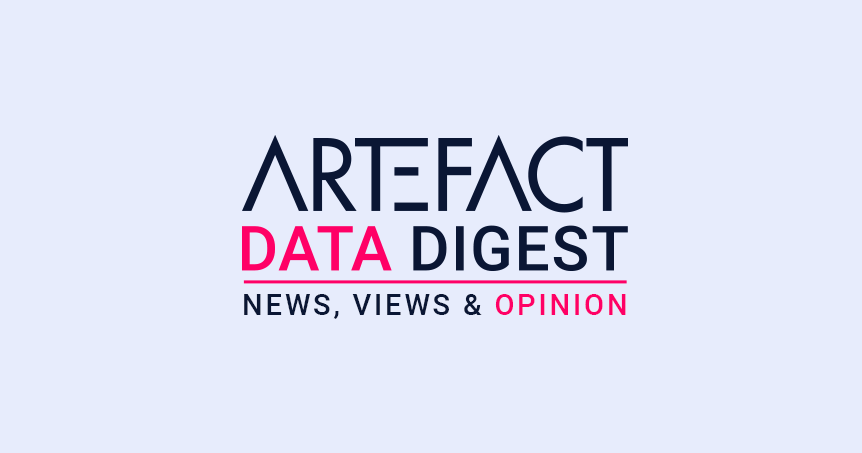In the digital age, advertising undergoes seismic shifts. Generative AI and platforms like SA360 redefine business communication. The full-funnel strategy guides customers’ buying journey. Delving deeper, we explore generative AI’s role in shaping future advertising.
The Digital Transformation of Advertising
In the age of digital innovation, the advertising landscape is undergoing a seismic shift. With the rise of generative AI and advanced ad tech platforms like SA360 and Amazon DSP, businesses are redefining how they communicate with their audience. At the heart of this evolution is the full-funnel strategy, a blueprint that navigates potential customers through their entire buying journey. But to truly harness its potential, one must understand the essence of market conversations, the finesse of subtle marketing, and the undeniable influence of paid media advertising. And as we delve deeper, we’ll also touch upon the emerging role of generative AI in shaping the future of advertising.
Navigating the Full-Funnel Strategy
Mapping the Customer’s Digital Journey
At the heart of modern digital advertising lies the AIDA Model, a time-tested framework representing Attention, Interest, Desire, and Action. This model not only delineates the stages a consumer traverses when contemplating a purchase but also serves as a strategic foundation for businesses. By understanding each phase, from the initial spark of attention to the final action of purchase, businesses can tailor their strategies.
Engaging in the Digital Dialogue
Markets have transformed from static pitches to dynamic conversations. Every interaction, from initial search queries to post-purchase feedback, is an opportunity for two-way communication. For businesses, this means actively listening and leveraging 1P data strategies to tailor their messaging, ensuring it resonates with consumers. This approach not only enhances engagement but also ensures that marketing genuinely feels like a valuable conversation, rather than a one-sided pitch. As the dialogue unfolds, proper measurement becomes crucial, allowing businesses to adapt and refine their strategies based on real-time feedback.
Sophisticated and Precise Marketing in a Data-Driven Era
In a world inundated with information, consumers demand genuine, non-intrusive marketing where “marketing does not feel like marketing.” The importance of 1P data cannot be overstated, as it ensures the relevance of messaging, making it resonate deeply with the target audience. This underscores the need for content that not only educates and informs but also feels authentic. With generative AI emerging as a potential lever, businesses can craft content that is both relevant and engaging, tailored to each stage of the funnel.
The Power of Paid Digital Advertising
Paid digital advertising, especially on platforms like SA360, Amazon DSP, DV360, Facebook Ads Manager, Google Ads, Twitter Ad Platform, and The Trade Desk, stands as a cornerstone of the full-funnel approach. These platforms, along with tools such as Criteo for retargeting, Outbrain for native advertising, and LinkedIn for B2B targeting, offer a diverse range of solutions tailored for audiences at every stage. From the vast reach of display advertising to the precision of platform-specific targeting and the creative potential of video ads on platforms like YouTube, the possibilities are extensive and adaptable to various marketing objectives.
However, it’s essential to recognize that not all tools and platforms will be a perfect fit for every business. Companies must carefully select and adapt technologies based on their unique needs, budgets, and goals. Proper measurement is paramount to gauge the effectiveness of these strategies, and platforms like GA4, CM360, and the Amazon Ad Server provide invaluable insights to ensure that marketing efforts are both impactful and cost-effective. By aligning ad tech choices with business objectives and continuously monitoring performance, businesses can optimize their advertising.
The Funnel Decoded: Strategies, Tools, and Tactics
The funnel, with its distinct stages from awareness to conversion, necessitates a multifaceted approach tailored to the unique needs of each phase. Each stage demands specific strategies, tools, and tactics. For instance, during the awareness phase, programmatic display ads introduce your brand subtly, while the consideration phase might leverage video ads on platforms like YouTube to share deeper insights. As potential customers move closer to making a decision, personalized email campaigns or influencer marketing can play a pivotal role. And with the integration of 1P Data strategies like retargeting, the potential for personalization and precision is amplified, ensuring that messages resonate deeply with the target audience. Platforms such as DV360 offer capabilities like geotargeted DOOH activities, making location-based advertising a reality. In contrast, Amazon DSP opens doors to niche segments, especially younger audiences on platforms like Twitch. Therefore, the choice of platform isn’t just a tactical decision; it becomes a reflection of the brand’s identity, values, and its target demographic.
Attention
The stage of discovery. At this initial phase, the primary goal is to capture the audience’s attention and make them aware of a brand or product. Broad conversations and market research help gauge market interests and identify potential customer segments. Content plays a pivotal role; informative blogs, captivating introduction videos, engaging infographics, and interactive quizzes can all be used to educate and pique curiosity rather than overtly sell.
In essence, the attention stage is all about casting a wide net, leveraging a mix of content types and platforms to ensure maximum visibility and engagement.
Interest
At this stage, potential customers have moved beyond mere awareness and are actively seeking more information about the brand or product. The goal is to grow this initial interest into real consideration.
In the interest stage, the key is to provide potential customers with the resources and interactions they need to move closer to a purchase decision. The brand should be positioned not just as a seller, but as a trusted advisor, offering genuine value at every touchpoint..
Desire
At this key moment, when customers are about to decide, it’s important to highlight the special features of our product or service. We should use clear strategies and tools to support their growing interest.
1. Personalized Email Campaigns: Tools like Mailchimp, HubSpot, or SendinBlue allow brands to send tailored emails. These can include:
2. Prominent Product Display:
3. Influencer Partnerships: Collaborating with influencers, especially on platforms like Instagram or TikTok, offers:
4. Compelling Content:
5. Retargeting Campaigns: Tools such as Google Ads or Meta Ads Manager can be harnessed to:
By employing a combination of these tactics and tools, brands can effectively stoke the flames of desire, guiding potential customers closer to the point of conversion.
Action
At this point, interest turns into real results. We should use strategies and tools that help make a sale and also build a lasting relationship with the customer. Here are some important methods to think about:
1. Pay-Per-Click (PPC) Advertising:
2. Optimized Checkout Experience:
3. Loyalty Programs:
4. Post-Purchase Support:
5. Retargeting for Upsell or Cross-Sell:
6. Affiliate Marketing:
By carefully planning strategies and using the right tools, brands can make a sale and also build a long-term relationship with the customer.
Measuring Success: The Final Verdict
No strategy is complete without evaluation. In the realm of digital marketing, the tools we use to measure success are as critical as the strategies themselves. Here’s a deeper dive into some of the pivotal measurement tools:
Incorporating these tools ensures that businesses don’t just operate on gut feelings. Instead, they make informed decisions based on concrete data. From understanding website user behavior with GA4 to visualizing complex sales trends with Power BI, the right measurement tool can illuminate the path forward.
Looking Ahead: The Future of Digital Advertising
The full-funnel strategy, underpinned by market conversations and nuanced marketing, holds the promise of transforming business outreach. But as the digital landscape evolves, so must the strategies. Generative AI, with its potential to craft personalized and relevant ads, is set to play a significant role in the future, especially in tools like Performance Max campaigns. As businesses look ahead, staying abreast of innovations like AI will be the key to staying relevant.
Conclusion
Digital advertising is always changing, giving businesses many tools to connect with their audience. By understanding the process, using the right platforms, and keeping up with new things like AI, businesses can make their ads more effective. At Artefact, we’re excited about the future. If you’re looking for expert advice on advertising technology, contact us. We’ll help you understand and use the latest trends.

Interested in Data Consulting | Data & Digital Marketing | Digital Commerce ?
Read our monthly newsletter to get actionable advice, insights, business cases, from all our data experts around the world!
 BLOG
BLOG


